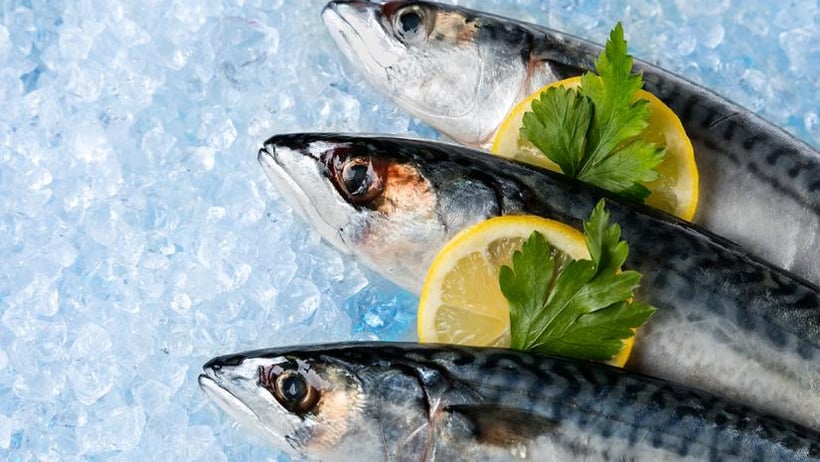
Scombroid food poisoning, often simply called “scombroid,” is an allergic-type reaction to high levels of histamine in fish. Find out everything you need to know about scombroid so you can properly store and handle fish to avoid illness.
What is histamine?
The human body requires small amounts of histamine to function. Higher doses, though, may trigger severe allergic reactions in certain people.
When some fish decompose, histidine, a naturally occurring amino acid, turns into histamine. Histidine can be broken down and converted to histamine when bacteria grow in fish flesh during storage.
The presence of histamine in fish always points to decomposition, whether that decomposition is apparent or not. If the fish smells or tastes bad, you can be certain it contains toxic levels of histamine. Sometimes, the spoiled fish will have a strange “honey-combed” appearance.
Causes of scombroid
Unlike many kinds of food poisoning, scombroid is not caused by a pathogen, e.g. a virus or fungus, being introduced into the food. “Scombroid fish,” including tuna, bonito and mackerel, members of the Scombridae and Scomberesocidae families, already contain large amounts of free histidine that can turn into histamine when the fish are stored. Cooking, freezing or smoking the fish does not eliminate the histamine.
Causes are not limited to scombroid fish, though. Different sources are:
- other fish including marlin, herring, sardines, mahi-mahi
- some other foods such as cheese
Who’s most at risk
The amount of histamine required to cause symptoms may vary from person to person, and histamines can be distributed unevenly throughout one piece of fish. This means that people sharing a portion of fish may experience no symptoms, mild to moderate or severe symptoms. Anyone who is prone to allergic reactions is more likely to experience this type of food poisoning.
Symptoms to watch for
It can be tough to identify scombroid as the signs are similar to many types of allergic reactions. The symptoms usually start to appear immediately, or up to several hours after eating food with high levels of histamine. The symptoms may last hours or several days.
The most common symptoms of scombroid poisoning include:
- diarrhea
- dizziness, tingling
- irregular heartbeat
- facial swelling
- rash, itchy and/or flushed skin
- burning throat and/or peppery taste in the mouth
- headache
- stomach pain and/or vomiting
Even if you’re not an allergy sufferer, you’ve probably heard of antihistamines: these medications reduce or block histamines to stop most allergy symptoms. Scombroid may be treated with an antihistamine such as diphenhydramine or ranitidine, or epinephrine in severe cases.
Prevention is the best medicine
It’s much easier to prevent an illness than to treat it after the fact. There are simple steps to take to prevent scombroid, such as keeping fish refrigerated during transportation and storage and ensuring you only buy seafood from reputable suppliers. Don’t hesitate to ask retail employees any questions you may have about freshness. You should also do a quick visual and smell test: when in doubt about the quality of the fish, discard it immediately. If symptoms do occur, reach out to your doctor.
The best way to prevent any kind of food-related illness is through education and proper training. The Canadian Institute of Food Safety (CIFS) is passionate about food safety and specializes in food safety training by providing the Food Handler Certification Course.





